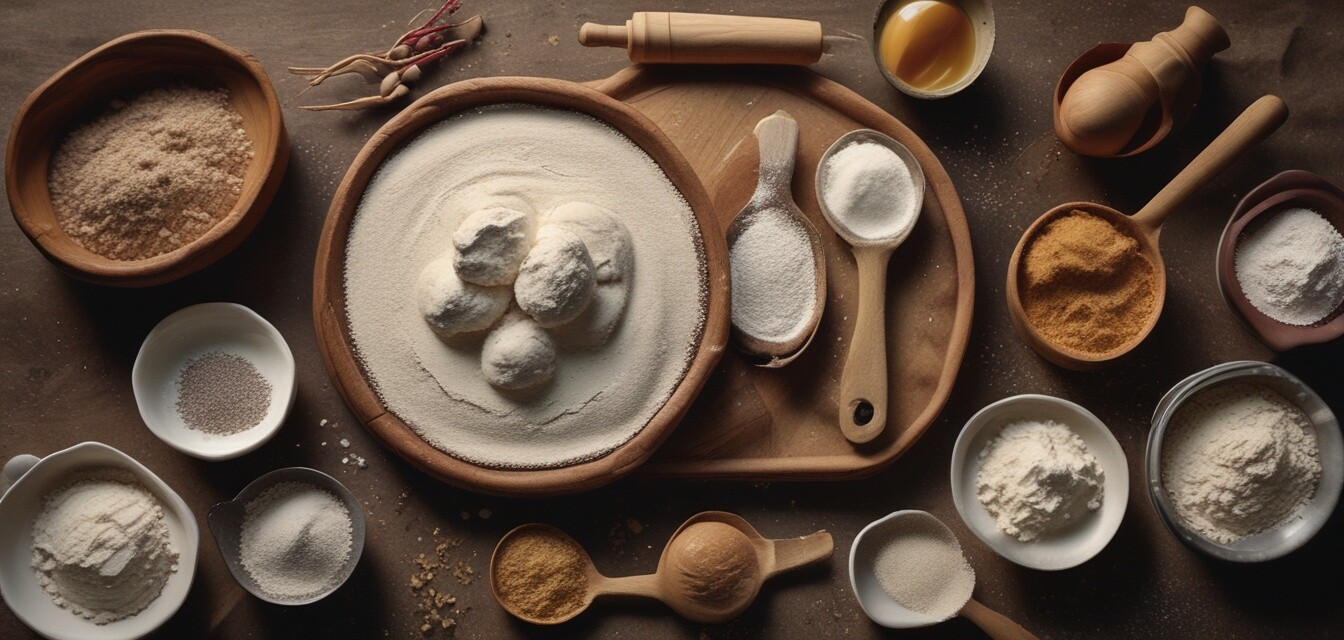
Five Essential Baking Techniques for Beginners
Key Takeaways
- Mastering oven temperature is crucial for successful baking.
- Proper measuring of ingredients can significantly affect texture and flavor.
- The technique of folding helps maintain the air in the mixture.
- Kneading is essential for developing gluten in doughs.
- Understanding different baking methods creates versatility in recipes.
Baking can be both a science and an art, and mastering a few essential techniques can elevate your skills significantly. Whether you’re preparing for a family gathering or simply want to indulge in homemade treats, the following baking techniques are fundamental for any beginner. Let’s dive into these basics that will ensure your baked goods turn out perfectly every time.
1. Understanding Oven Temperature
Getting the right oven temperature is key in baking. Each recipe requires a specific temperature to ensure that the ingredients react appropriately. Here’s how to ensure your baking is always on point:
- Preheat the oven before placing your baked goods inside.
- Use an oven thermometer to verify the temperature.
- Learn the differences between conventional and convection settings.
Common Oven Temperatures
| Temperature (°F) | Common Use |
|---|---|
| 350°F | Standard baking for cakes and cookies |
| 375°F | Good for pies and casseroles |
| 425°F | Perfect for roasting vegetables |
2. Measuring Ingredients Accurately
Properly measuring your ingredients is crucial to great baking. Here are tips for accurate measurements:
Tips for Measuring Ingredients
- Use dry measuring cups for flour and sugar.
- Use liquid measuring cups for liquids like water and milk.
- Level off dry ingredients for precision.
- Understand weight measurements for more accuracy.
3. The Art of Folding
Folding is a gentle method of mixing that helps maintain the air in the batter or dough, especially for recipes like soufflés or sponges. Here are steps to fold effectively:
- Use a spatula to cut through the mixture.
- Turn the spatula and lift the mixture from the bottom, folding it over the top.
- Repeat this method until just combined, avoiding over-mixing.
4. Kneading Dough
Kneading is a vital process for developing gluten, which provides structure and elasticity to breads and doughs. Here’s how to knead:
- Flour your surface and your hands to prevent sticking.
- Press down and push the dough away from you with the heel of your hand.
- Fold the dough back towards you and repeat for about 8-10 minutes.
Kneading Techniques
| Technique | Description |
|---|---|
| Hand Kneading | Using your hands to work the dough until smooth and elastic. |
| Stand Mixer | Using a mixer with a dough hook for effortless kneading. |
5. Different Baking Methods
Understanding different baking methods will enhance your versatility. Below are three main methods commonly used:
- Baking: The most common technique using dry heat in an oven.
- Broiling: Cooking with high heat from above, suitable for melting cheese or browning.
- Steaming: A moist method that retains flavor and texture, ideal for puddings.
To explore more about baking essentials, check out our detailed guide on baking essentials. Understanding these fundamentals will help you not only improve your baking skills but also inspire confidence in the kitchen.
Conclusion
By mastering these five essential baking techniques, beginners can ensure successful and enjoyable baking experiences. Remember, practice makes perfect! Experiment with these techniques to find what works best for you, and soon you'll be creating a variety of delicious baked goods with ease.
Pros
- Improves accuracy and consistency in baking.
- Helps in understanding various baking methods.
- Enhances skills, making baking enjoyable.
Cons
- Requires practice and patience to master techniques.
- Possible initial costs for measuring tools and appliances.